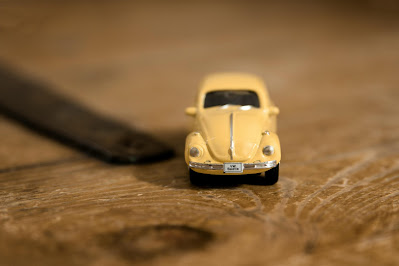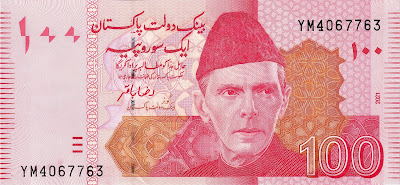The term "Piastra" has historical significance in Egypt, representing a unit of currency that was once used in the country. However, it's essential to note that the Piastra is no longer in circulation as a standalone currency. Instead, its legacy provides insight into Egypt's economic history and the evolution of its monetary system.
The origin of the Piastra dates back to the early 19th century when Egypt was under Ottoman rule. At that time, the Ottoman Empire introduced the Piastra as a silver coin used in various regions under its control, including Egypt. The word "Piastra" itself is derived from the Italian word "piastre," which originally referred to a silver coin used in Mediterranean trade.
During the late 19th and early 20th centuries, Egypt underwent significant political and economic changes, including British colonial rule and the establishment of the British protectorate. As part of these transformations, the Egyptian currency system evolved, with the Piastra being replaced by other denominations and currencies.
One of the most significant changes occurred in 1834 when Egypt adopted the Egyptian pound (EGP) as its official currency, replacing the Piastra and other local currencies. The Egyptian pound became the standard unit of currency in Egypt, reflecting the country's growing integration into the global economy and its desire for monetary stability.
Since then, the Egyptian pound has remained the primary currency used in Egypt for daily transactions, trade, and financial activities. The pound is subdivided into smaller units known as "piasters" or "qirsh," with 100 piasters equaling one Egyptian pound. This subdivision reflects the historical legacy of the Piastra, even though the coin itself is no longer in circulation.
In the current market, the Egyptian pound's value is determined by various factors, including domestic economic conditions, government policies, inflation rates, and external factors such as global economic trends and exchange rate movements. The Central Bank of Egypt plays a crucial role in managing the pound's exchange rate and implementing monetary policies to ensure price stability and support economic growth.
In recent years, Egypt has faced economic challenges, including inflationary pressures, currency devaluation, and external debt burdens. These challenges have impacted the value of the Egyptian pound, leading to fluctuations in exchange rates and affecting the purchasing power of Egyptian citizens.
To address these challenges, the Egyptian government has implemented economic reforms aimed at stabilizing the currency, attracting foreign investment, and promoting sustainable growth. These reforms include fiscal consolidation, subsidy reforms, and efforts to improve the business environment and enhance competitiveness.
Despite these efforts, the Egyptian pound remains subject to volatility and uncertainty in the global market, reflecting the broader challenges facing Egypt's economy and its ongoing transition towards a more diversified and resilient economic model.
While the Piastra holds historical significance in Egypt's economic past, its value in the current market is symbolic rather than practical. Today, the Egyptian pound serves as the country's primary currency, reflecting Egypt's economic evolution and aspirations for stability and prosperity in the 21st century.

.jpeg)
.jpeg)
.jpeg)
.jpeg)
.jpeg)
.jpeg)
.jpeg)
.jpeg)
.jpeg)
.jpeg)
.jpg)
.jpg)
.jpg)
.jpeg)
.jpeg)
.jpeg)
.jpeg)
.jpeg)
.jpeg)
.jpg)
.jpg)






.jpg)
.jpg)
.jpg)
